Quilt shows – judging curves and straight lines
Editor’s Note: This is the fourth article in our series about quilt judge expectations and solutions to the most commonly cited areas for improvement. If you haven’t read the first, second and third articles, we encourage you to do so!
Our friends and relatives all love us. They tell us how gorgeous and fabulous our quilts are no matter what! They don’t seem to notice a crooked seam or wobbly quilting lines … but despite their praise, we quilters still feel obligated to point out every error in our quilt to them.
If you’re like that, then you already know what your strengths and weaknesses are when it comes to the quilting process. If you’d like honest input from someone not in your inner circle, entering a quilt show can be a valuable way to help you improve your skills. Quilt judges will comment on your strengths, but they will also point out areas for improvement. That can help you focus your efforts on your next project and practice techniques that will make you a better quilter.
When it comes to evaluating design execution, common judging comments seem to state the obvious – “strraight lines should be straight,” and “curved lines should be smooth.” Duh! Of course they should be. These comments focus on how well you can control your quilting machine, instead of your machine controlling you.
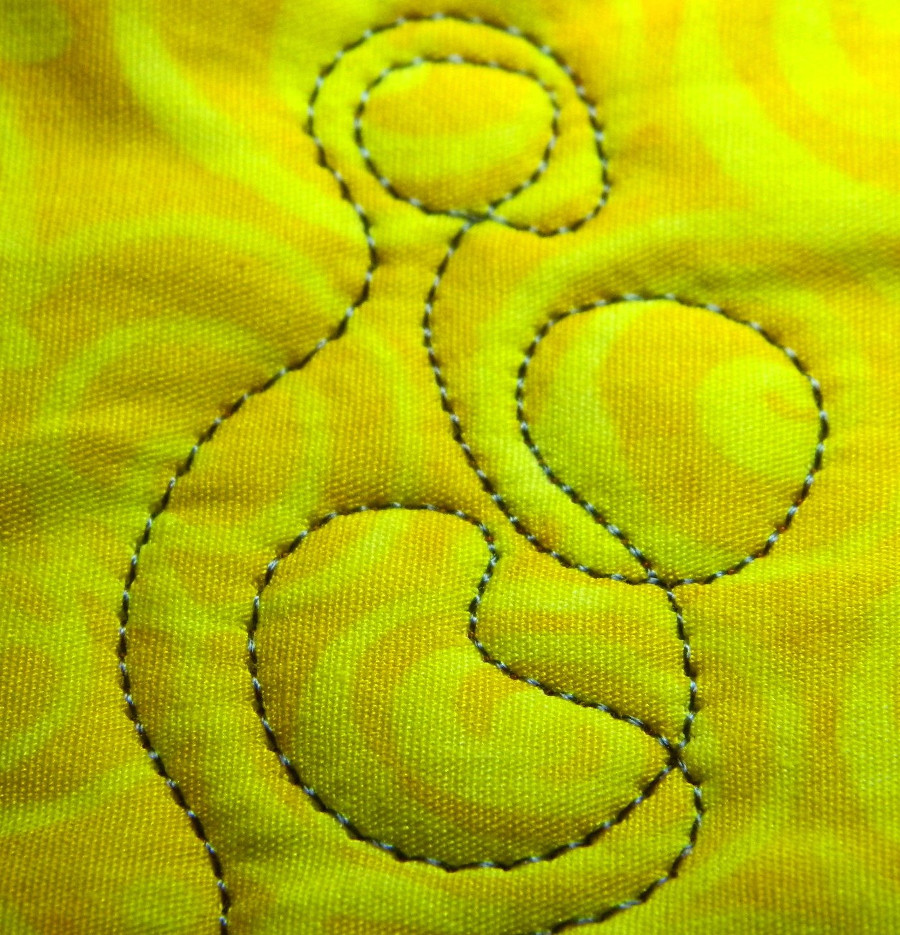
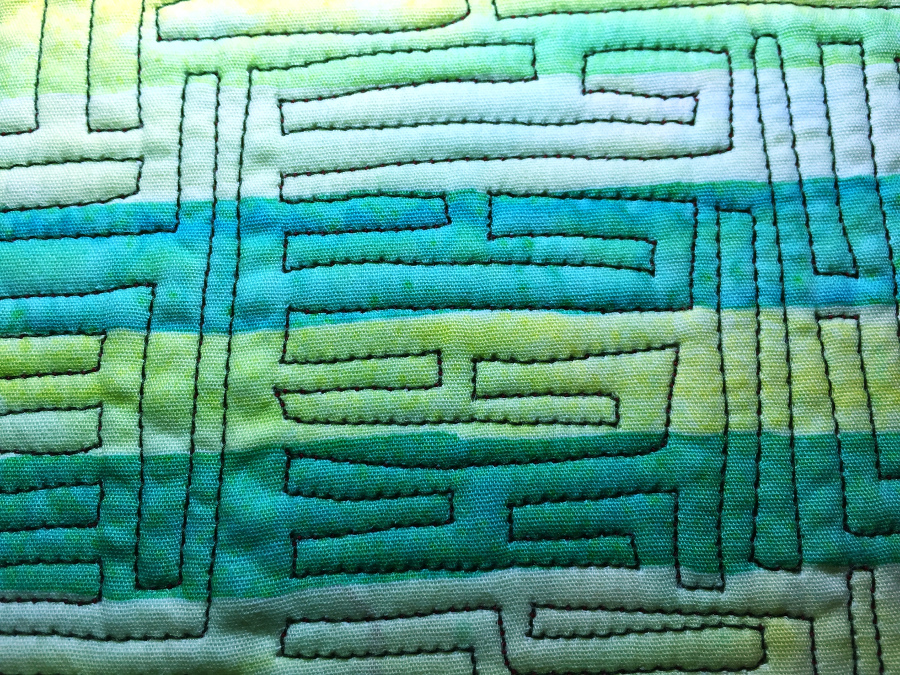
If your quilting looks like the photos above and you’re struggling to make graceful curves with your longarm, make sure that your machine is adjusted properly to make it move easily. Check that your wheels are free of lint, dirt and threads. Quilting machine wheels are like car tires … their bearings and surface areas wear out over time. If you’re noticing a change in the way your machine moves and your wheels have never been replaced, it might be time for an upgrade. APQS M & M wheels have a smooth polymer surface and sealed bearings for less friction and long life.
When you move a quilting machine forward and backward, you only move the machine’s weight. But when you move it left and right, you must move the machine’s weight PLUS the carriage’s weight. That’s why you want a quilting machine that is lightweight. The track design is also key to getting smooth curves. The APQS Bliss Track System uses steel bearings on a steel track to minimize friction along the rails, which mitigates the weight difference when moving the carriage and the machine together. That leads to much smoother curved lines no matter what direction you’re moving! A heavy machine with vertical wheels binding on a track make it difficult to get nice, round circles.
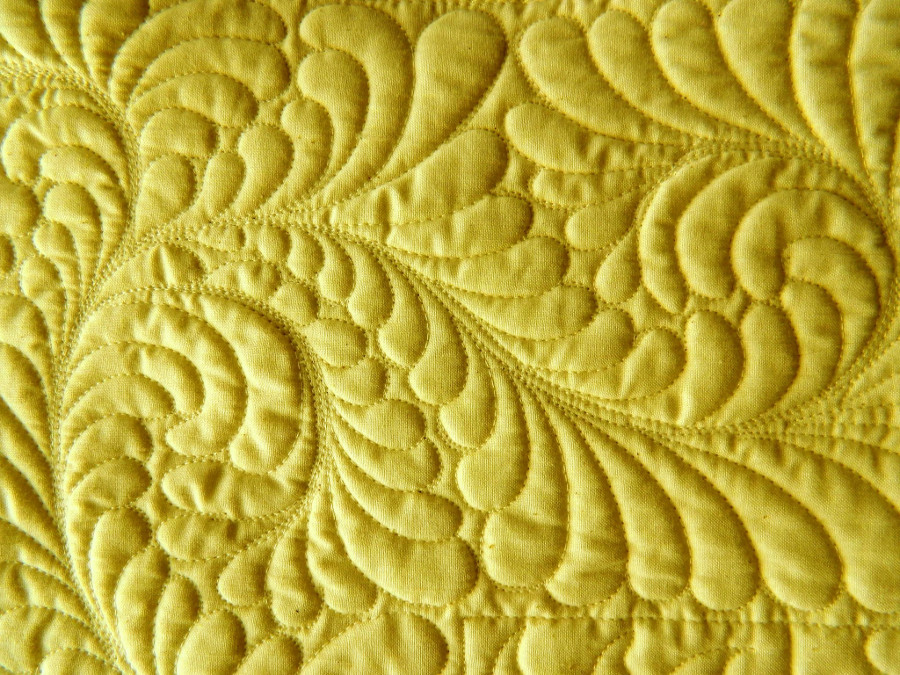
When it comes to straight lines, if you truly want precision (and a pat on the back from a quilt judge) then learn how to use rulers next to your machine’s hopping foot. Unlike fabric cutting rulers, longarm rulers are typically ¼-inch thick so that they won’t slide under or on top of the hopping foot.
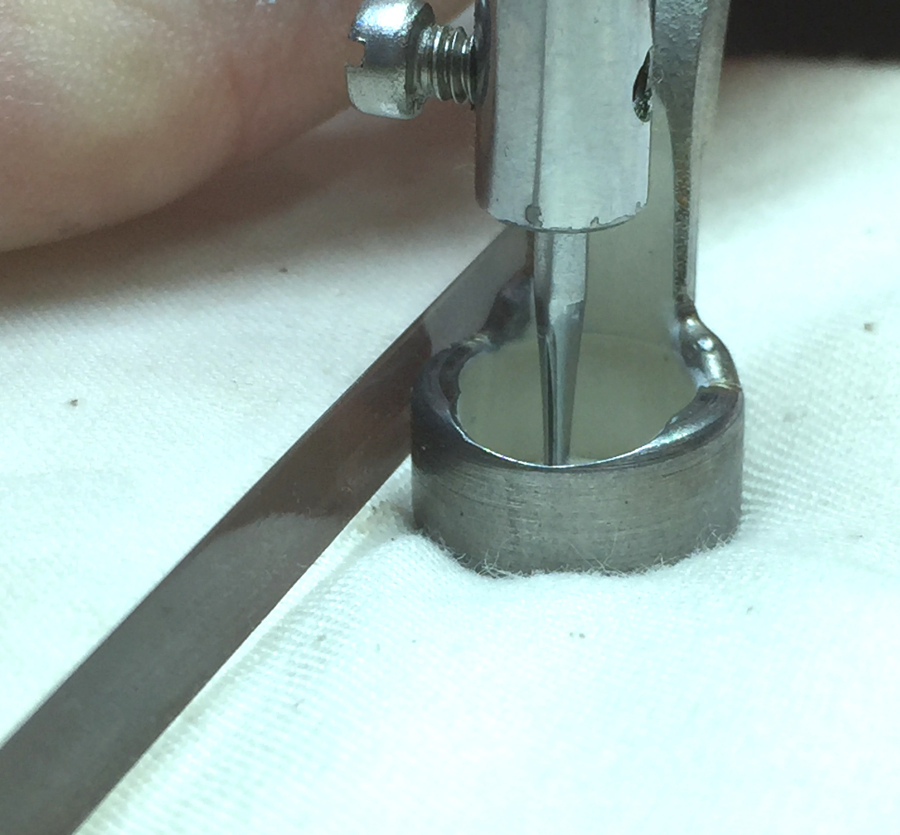
Rulers provide stability so that you can make your lines in any direction. When spacing lines a specific distance, look for longarm rulers with etched marks so that you can easily align your stitching lines.
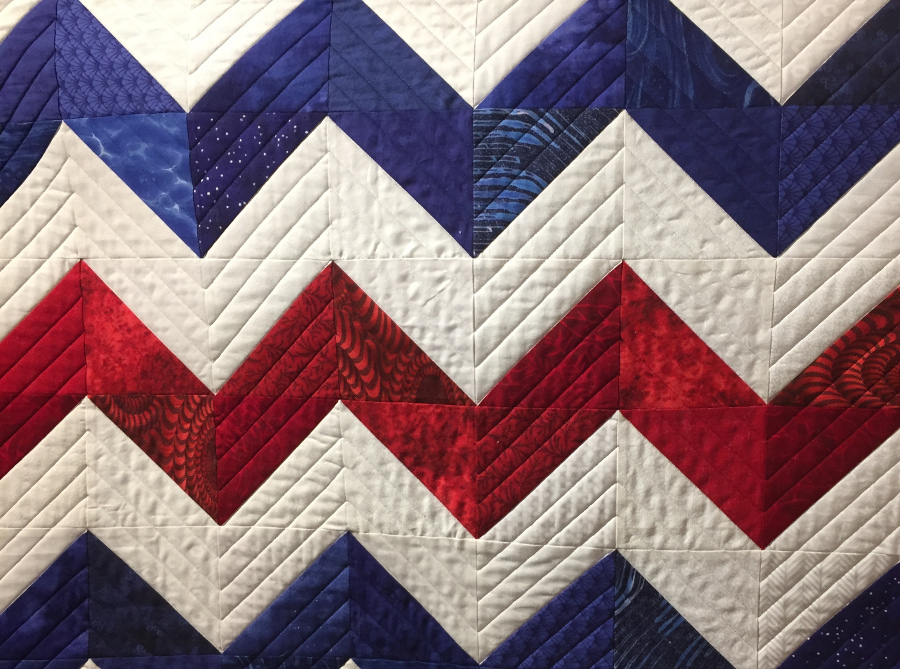
Invest in an extended base to add to your machine’s throat so that you can balance the ruler safely and extend lines beyond just a few inches. Click here to learn more about using rulers on a longarm.
The next step is to invest in practice time on your machine. No one wants to practice…but if you spend just 15 minutes a day practicing, you’ll be amazed at how much better your quilting lines will be! If you can’t be on your quilting machine every day, try to squeeze in practice drawing time. A white board is a wonderful practice tool—you can draw designs the “real size” you’ll quilt them, and you can practice in your easy chair! With the right tools and a bit of practice it won’t take long before you start getting excellent marks from judges on your design execution!



